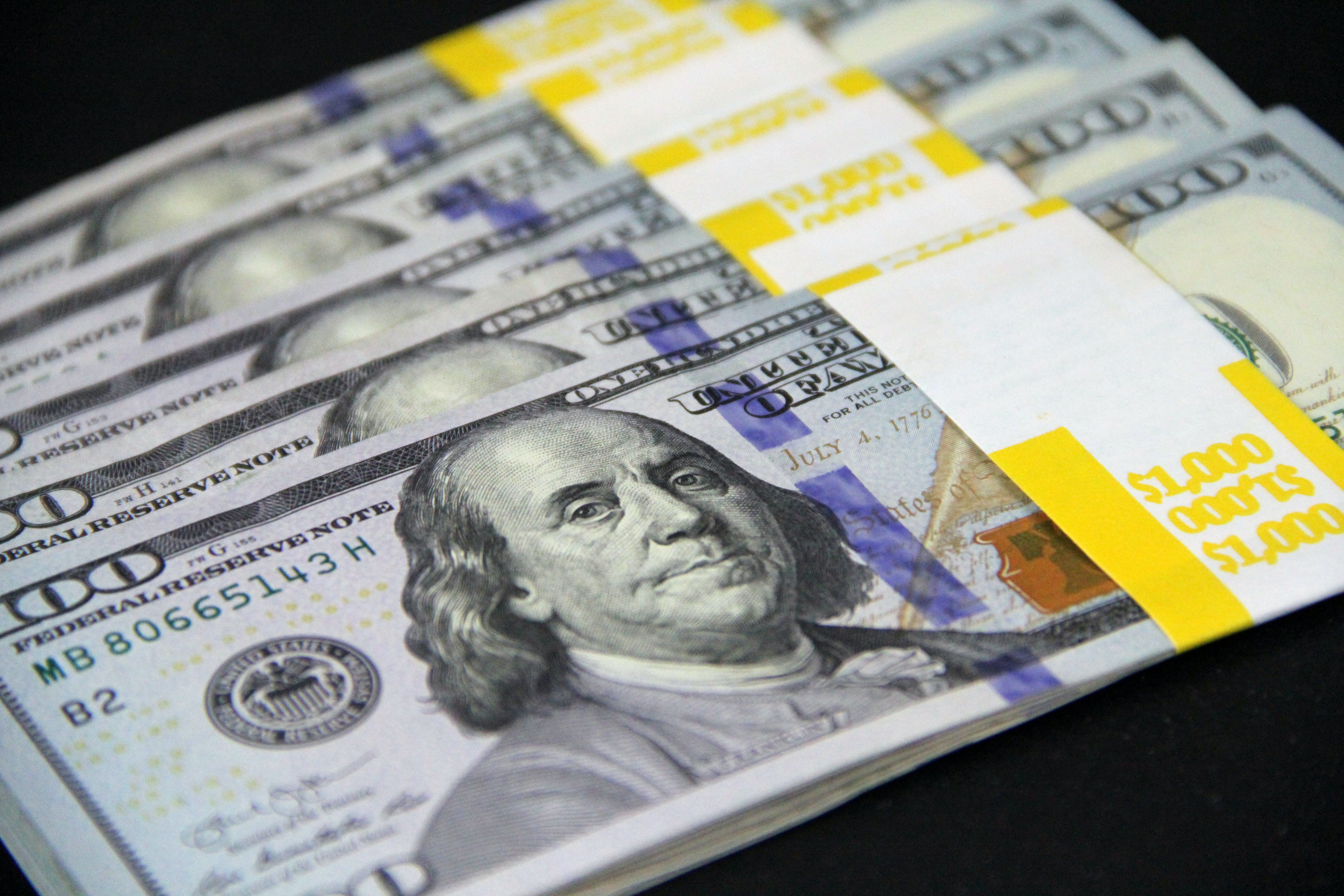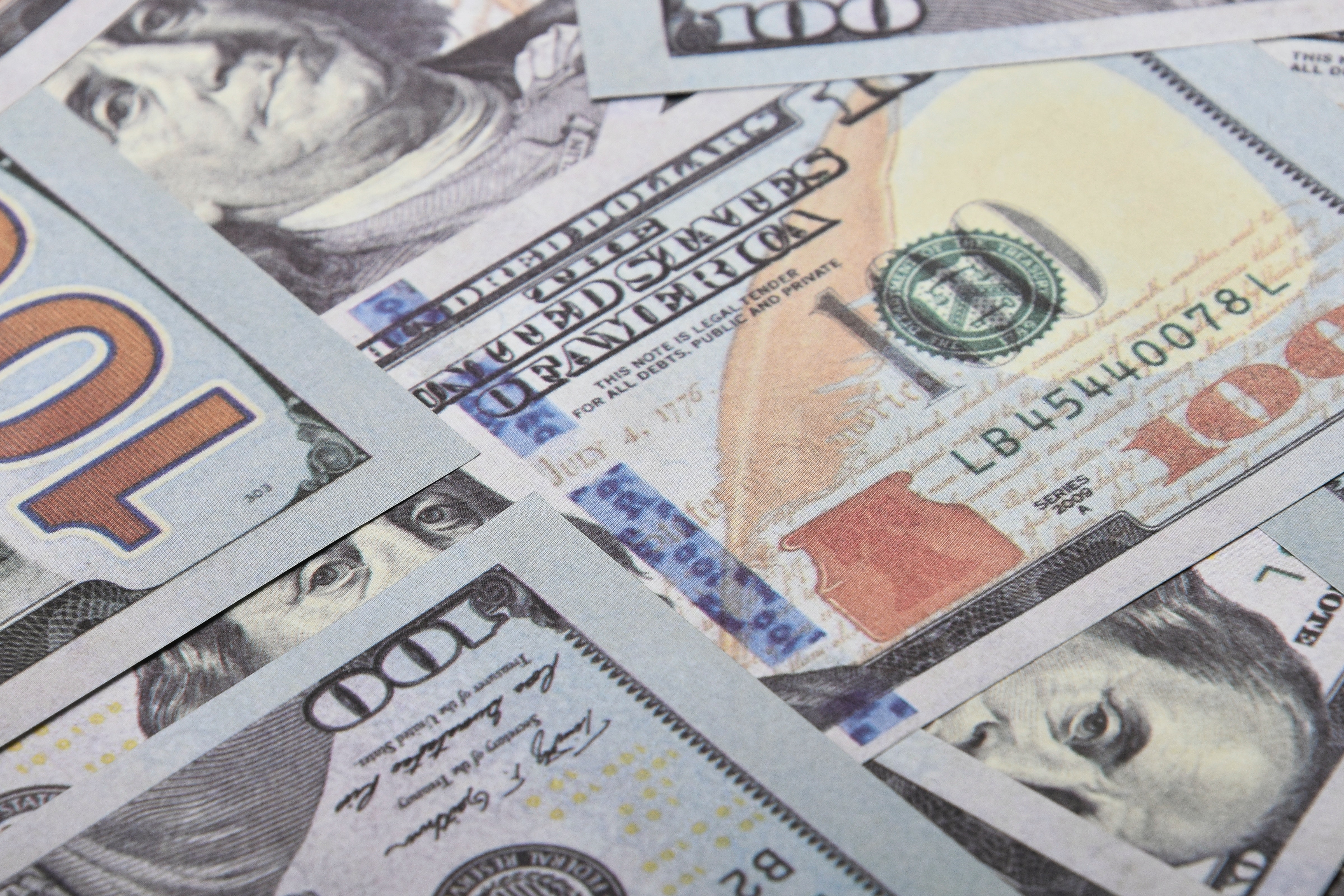Essential Guide to Sending Money to Japan: Fees, Limits, and Requirements
GPT_Global - 2025-09-06 20:00:45.0 782
Can I send money to a Japanese bank account from my mobile banking app?
Sending money to a Japanese bank account from your mobile banking app is a convenient and straightforward process, thanks to modern remittance services. With the growing number of digital platforms and mobile apps, transferring funds internationally has become easier than ever.
To send money to a Japanese bank account, first, ensure that your mobile banking app supports international transfers. Many apps, including those from major banks, offer services that allow you to send money abroad, including to Japan. You'll need the recipient's bank details, such as their account number, branch, and the bank’s SWIFT/BIC code.
After entering the necessary information, choose the amount you wish to send and confirm the transaction. The money will typically be deposited into the recipient's Japanese bank account within a few business days, depending on the app or service used. Mobile banking apps also provide features like real-time tracking and low transfer fees, making them an excellent choice for remittances to Japan.
Before transferring, make sure to check the app's exchange rates, fees, and processing times, as they may vary depending on the platform. Sending money to Japan from your mobile banking app is secure and reliable, offering an easy way to manage international transfers from the comfort of your home.

Do Japanese banks charge the recipient a fee for incoming international transfers?
When sending money internationally, one of the common questions is whether the recipient in Japan will be charged a fee for incoming international transfers. Generally, Japanese banks do charge recipients a fee for processing incoming international remittances. The fee varies depending on the bank and the type of transfer. Some banks charge a flat fee, while others may charge a percentage of the amount received.
For example, large Japanese banks like MUFG or SMBC typically impose a fee ranging from ¥2,000 to ¥5,000 for international transfers. These fees may be higher for certain types of transfers or depending on the amount being sent. Additionally, if the sender uses an intermediary bank, further charges may apply, increasing the total fee for the recipient.
It’s important for individuals to be aware of these potential costs when planning international money transfers to Japan. To minimize fees, recipients can explore alternatives such as using digital remittance services, which often offer more competitive rates and lower or even no fees for receiving money internationally.
What is the maximum amount I can send to Japan without special approval?
When sending money internationally, it’s important to be aware of the regulations governing remittances. If you’re planning to send money to Japan, understanding the limits is crucial to avoid delays or complications. In Japan, the maximum amount you can send without requiring special approval is generally around ¥1,000,000 (approximately $7,000 USD) per transaction.
However, if you plan to send larger amounts, additional documentation or approval may be necessary. Remittance services like banks or specialized transfer services might ask for proof of the transaction’s purpose or source of funds. This is to ensure compliance with anti-money laundering regulations.
It’s essential to verify the exact limits and requirements with your remittance provider, as they may vary depending on the service you use. Always check the latest regulations to ensure a smooth transaction. By staying informed, you can send money securely and efficiently to Japan without facing unnecessary hurdles.
Is it possible to send money to a Japanese account without knowing the branch name?
When sending money to a Japanese account, the branch name is typically required, as it helps identify the specific location of the bank account. However, it is still possible to send money to a Japanese account without knowing the branch name under certain conditions. Many remittance services allow transfers using the bank's main branch or a general branch code instead of the specific branch name.
In Japan, banks often use a unique code for each branch, which can be substituted in the absence of the exact branch name. Additionally, online platforms and money transfer services, like Western Union or TransferWise, simplify the process by not requiring branch details, as they can automatically identify the branch with the provided account number and bank code.
To ensure a smooth transfer, always double-check the recipient’s account number, the bank's name, and their associated codes. If you're unsure, consult the remittance service provider or the recipient to verify the details. With the right information, sending money to Japan without knowing the branch name is absolutely possible.
Are online-only Japanese banks (like Rakuten Bank) eligible to receive international transfers?
Here’s a concise SEO-friendly article within your requested word range: ---When sending money to Japan, one common question is whether online-only Japanese banks such as Rakuten Bank can receive international transfers. The answer is yes—most leading digital banks in Japan, including Rakuten Bank, are eligible to accept remittances from abroad. However, there are a few important details that senders should be aware of before initiating a transfer.
First, international transfers to online-only banks in Japan require the correct SWIFT/BIC code and recipient account information. Since these banks have no physical branches, the process relies heavily on accurate electronic details. Rakuten Bank, for example, has a designated SWIFT code for incoming foreign transfers, which must be included to avoid delays or rejection.
Second, fees and exchange rates vary depending on the remittance provider and the receiving bank. Some remittance services may not directly support every Japanese online bank, so it is essential to confirm compatibility before sending. Additionally, transfers may take longer compared to traditional banks, depending on intermediary financial institutions involved in the process.
For customers sending money to Japan, choosing a trusted remittance provider ensures smoother transactions. With the right details, online-only banks like Rakuten Bank provide a convenient way for recipients to receive international transfers securely and efficiently.
Do I need the recipient’s full name in katakana when sending money to Japan?
Here’s a draft SEO article based on your topic, within the 120–200 word range: ---When sending money to Japan, one common question is whether the recipient’s full name in katakana is required. In Japan, katakana is often used for official transactions, as it provides a phonetic representation of foreign and Japanese names that avoids confusion. Many banks and financial institutions in Japan prefer names in katakana because it ensures accurate matching with the recipient’s account details.
However, the requirement can vary depending on the bank and the remittance service you use. Some international money transfer providers may accept the recipient’s name in English or romaji (Latin alphabet), while others insist on a full katakana name for compliance and processing purposes. If the katakana version is not provided, there may be delays or even rejection of the transaction.
To avoid problems, always check the exact requirements of your chosen transfer service. Confirm the spelling of the recipient’s name in katakana with their bank, since even a minor mismatch can cause issues. Providing the correct katakana name ensures smooth, quick, and secure money transfers to Japan. This small step can save you time and guarantee peace of mind in your remittance process.
How do I transfer money to a Japanese account if I only have the IBAN?
Transferring money to a Japanese account can seem complicated if you only have the IBAN, but understanding the right steps can make the process much easier. In Japan, IBANs are not typically used, as the country follows a different system called the Bank Code (SWIFT/BIC). If you're looking to send money to Japan, it's essential to know the correct banking details to make the transfer successful.
First, ensure you have the recipient’s full bank details, including the SWIFT/BIC code, account number, bank name, branch address, and the recipient's name. Some services like SWIFT or international money transfer companies can help bridge the gap, allowing you to send money to Japan even without an IBAN.
To send money internationally, use a reputable remittance service or your bank's international transfer option. These services typically require you to enter the SWIFT/BIC code and other details to complete the transfer to the recipient’s Japanese account. Additionally, verify with your service provider about any fees or exchange rates that may apply to ensure transparency.
Using these methods, you can smoothly transfer money to Japan, even without having an IBAN. Always double-check the required details to avoid any errors in the transaction process.
Can cryptocurrency be converted and deposited into a Japanese bank account?
Here’s a concise SEO-friendly article within your requested length and format: ---Cryptocurrency has become increasingly popular as a global payment and investment method, but many people wonder: can cryptocurrency be converted and deposited into a Japanese bank account? The answer is yes, but with specific procedures and regulations that must be followed. Japan is one of the most crypto-friendly countries, yet it maintains strict financial rules to ensure safety and transparency.
To deposit crypto into a Japanese bank account, you must first convert your digital assets into Japanese yen (JPY) through a licensed cryptocurrency exchange. These exchanges are regulated by Japan’s Financial Services Agency (FSA), ensuring compliance with anti-money laundering (AML) and know-your-customer (KYC) policies. Once your crypto is sold, the exchange transfers the converted yen to your registered bank account securely.
For remittance businesses, this process offers a bridge between digital currency and traditional banking. Converting crypto into yen and depositing it into a local account allows individuals and businesses to enjoy fast, cost-effective cross-border transfers. By partnering with reliable exchanges, remittance providers can attract customers seeking flexible solutions for sending money to Japan.
About Panda Remit
Panda Remit is committed to providing global users with more convenient, safe, reliable, and affordable online cross-border remittance services。
International remittance services from more than 30 countries/regions around the world are now available: including Japan, Hong Kong, Europe, the United States, Australia, and other markets, and are recognized and trusted by millions of users around the world.
Visit Panda Remit Official Website or Download PandaRemit App, to learn more about remittance info.


